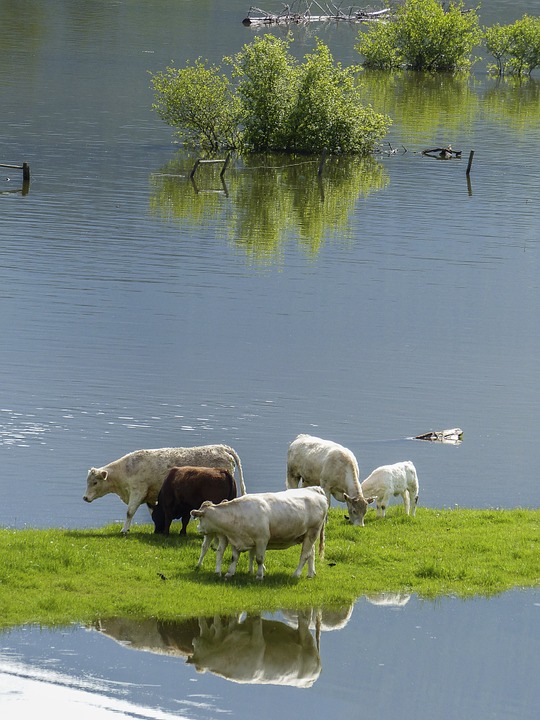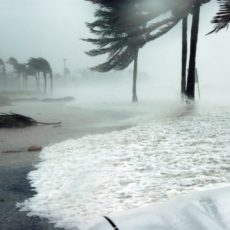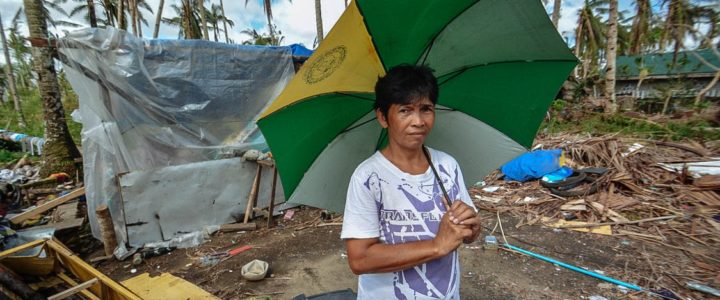
Natural disasters, such as hurricanes, earthquakes, tornadoes, droughts, and floods severely damage essential agricultural assets. As a result, food security and cycles, livelihood means, trade flows, and economic growth are all disrupted. Most of the countries impacted are developing countries—countries that are comparatively under-industrialized and where inhabitants typically live in poverty.
Developing countries rely heavily on agriculture as their main source of income. For example, in Africa, agriculture accounts for 70% of the full-type employment, 33% percent of the total GDP, and 40% of total export earnings. However, agriculture is extremely dependent on climate, weather, and water availability, so climate and weather-related natural disasters can cause horrific impacts, especially economically. Between 2005-2015, $96 billion in damaged or lost livestock and crop production was caused due to natural disasters in developing countries. Furthermore, in developing countries, agriculture absorbs about 22% of the economic impact caused by medium and large scale natural disasters, and loss of GDP rates from damages is 20% higher.
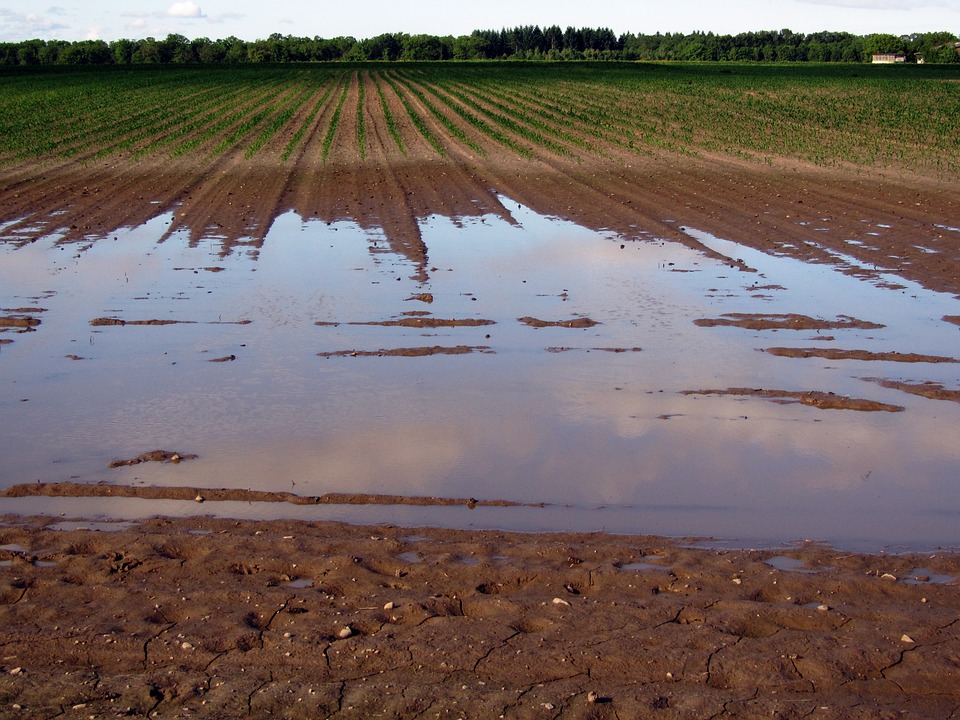
For example:
- In 1998, Hurricane Mitch in Honduras caused an estimated unemployment rate of 32%.
- The widespread droughts between 1973 and 1984 in African countries killed hundreds of thousands of people, livestock herds, and two million wild animals.
- In 1993, droughts in Northeast Brazil caused the GDP per capita to fluctuate between 17.5% and 29.7%. Compared to the rest of Brazil, where the GDP was $3,010, the GDP in the Northeast was significantly lower at $1,494.
- Overall, between 2005 and 2015, in Africa, Latin America, and the Caribbean, drought resulted in livestock and crop losses between $10.7 billion and $13 billion.
- In 1999, in southern Hainan, a cyclone caused approximately 25 million timber and rubber trees to be blown down.
- Hurricane Hugo in 1989 caused 47% of the total economic losses in fisheries and nearly 40% from crop losses in small islands like Antigua and Barbuda.
All of these cases show how devastating natural disasters, especially floods, droughts, and tropical storms are to the agriculture sector of an economy. In fact, more than 80% ($29 billion) of the damage and losses caused by drought is to agriculture, especially livestock and crop production, while the fisheries and forestry sub-sectors are most vulnerable to tsunamis, flooding, and storms.
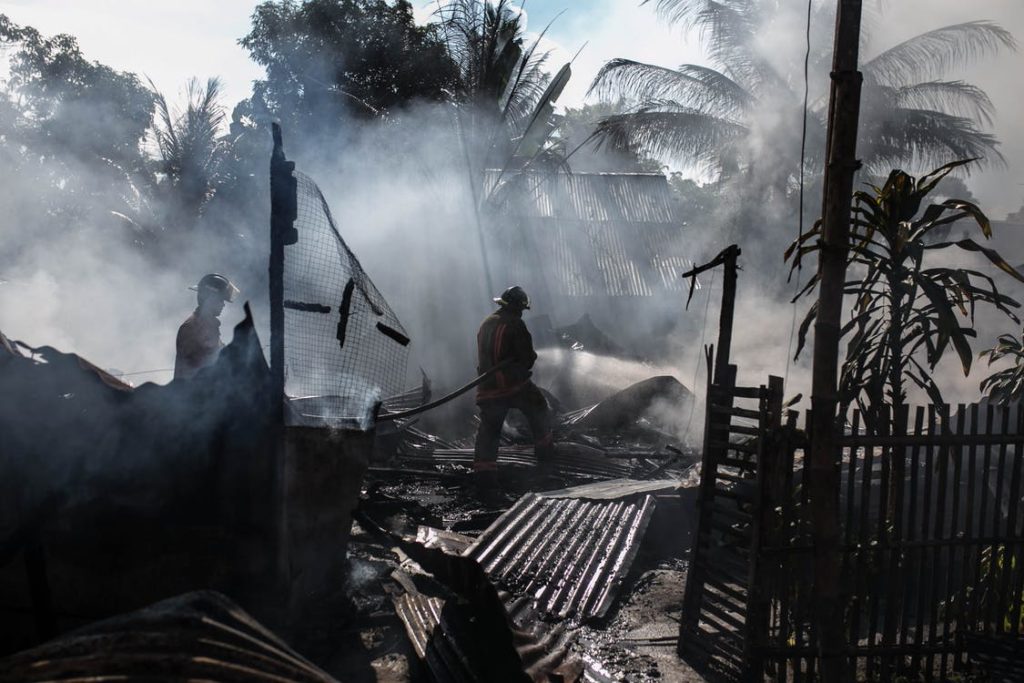
It is important to move people into sectors that are not dependent on agriculture, so that vulnerable populations are not as severely risk-prone to natural disasters. Thus, economic diversification is the sustainable solution for developing countries. Implementing new technologies and infrastructures, focusing on export growth, and installing effective policies and investments to reduce trade costs will help a country’s economy grow and diversify. Trade, or integration into the global economy, is a key component in economic diversification. Via entering the global market, developing countries in East Asia were able to implement manufacturing into their economies which resulted in vast poverty reduction for those countries. If there is a natural disaster in East Asia, the economy could now bounce more easily back because it is not only dependent agriculture, but also manufacturing as a means to produce income.
Currently, The World Bank helps developing nations diversify their economy via providing financial products, policy advice, and technical assistance for countries to apply knowledge and sustainable solutions to their development challenges. With funding and donations, organizations like the World Bank are able to help developing countries diversify their economy and thus have the economical means to prepare for natural disasters. As climate change induced weather fluctuations result in less predictable and often more damaging conditions—severe storms, wildfires, invasive species, etc—it will become more important than ever to be prepared and have solutions in place for the countries that will be most impacted.
